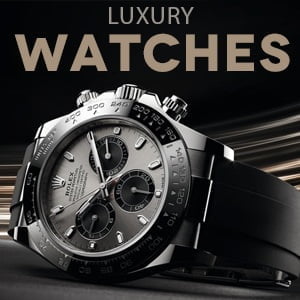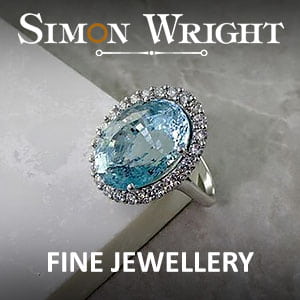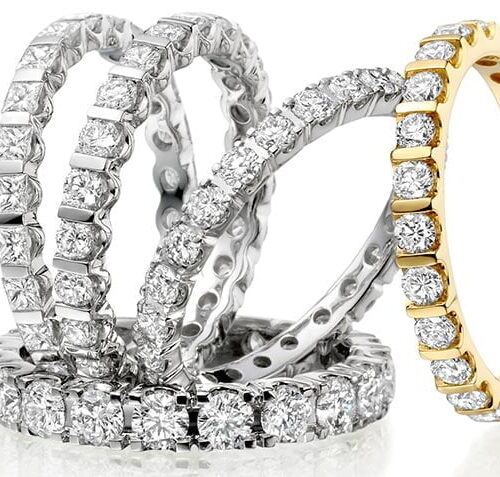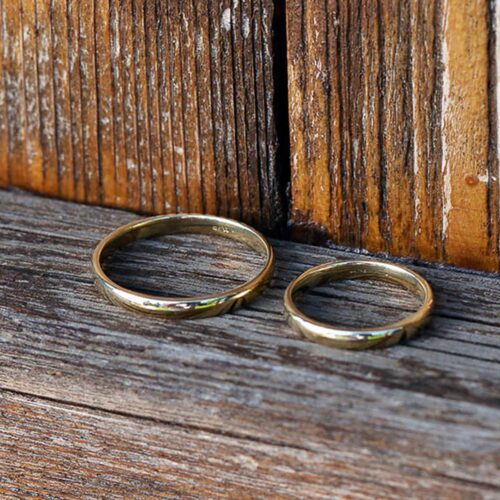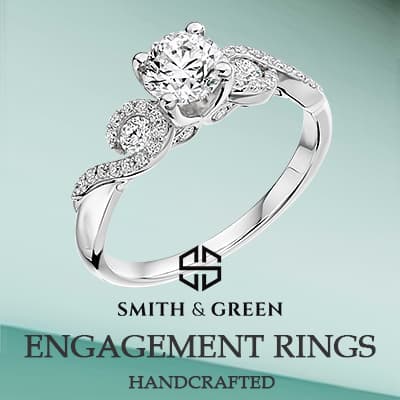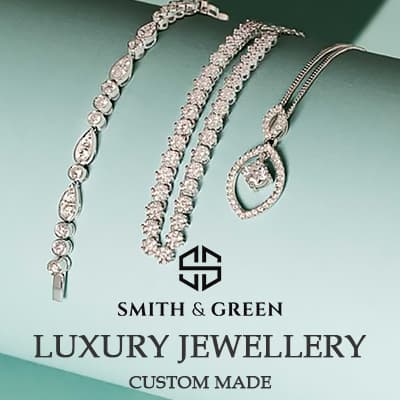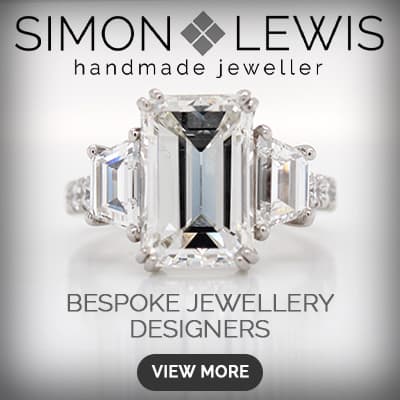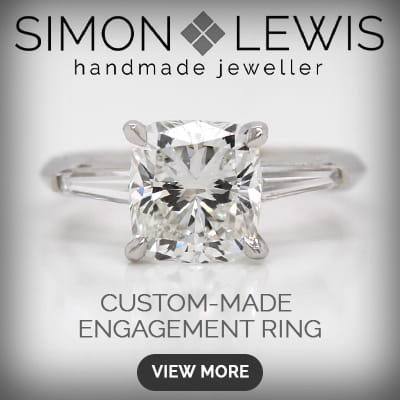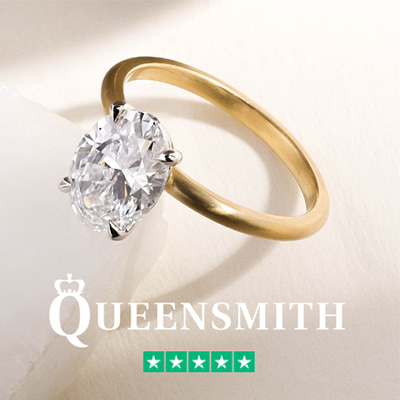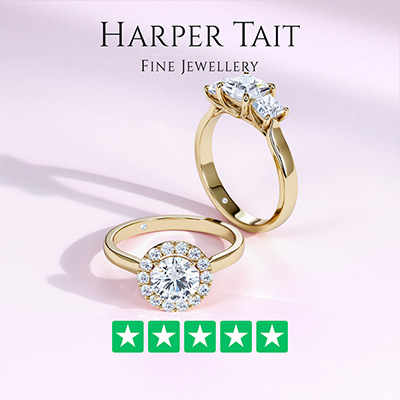Jewellery is often considered a charming accessory to add a splash of elegance to your outfit, but its history, especially regarding superstitions, is rich and fascinating. The shimmering necklaces, resplendent earrings, and striking rings you might be wearing are not just objects of beauty; they have been traditionally believed to possess much deeper significances. Whether it’s wearing a particular piece for good luck, protection, or to attract wealth, people from across different cultures have held certain jewellery to be more than just metal and stone. This article aims to shed light on the complex world of jewellery-related superstitions and how they have shaped our social and personal beliefs.
Historical Context of Jewellery as Symbols
Ancient civilisations, including the Egyptians and Greeks, often attributed magical properties to jewellery. Gold, silver, and even copper were believed to possess different powers. Egyptians wore intricately designed jewellery to protect themselves from evil spirits, often hiding secret compartments within the pieces for added protection. Like planting a seed in fertile soil, people in these times planted their beliefs in these objects, hoping for a harvest of good fortune or safety.
Fun Fact: Cleopatra was known to have worn vials of poisons in her jewellery to use in case of a political emergency.
Not Just a Fashion Statement: Brands and Their Superstitious Value
Fast forward to the modern era, where famous brands like Tiffany and Cartier have incorporated these older beliefs into their own jewellery lines. Wearing a brand’s piece isn’t only a fashion statement; for many, it carries a piece of history, a strand of cultural narrative, or even a blessing. Take Cartier’s Love Bracelet, for instance. Originally designed in 1969, the bracelet comes with a tiny lock and key, symbolising everlasting love and commitment. Thus, a piece of jewellery from a respected brand is often considered more potent in its symbolic resonance, akin to drinking tea from a cup that has its own story.
Cultural Significance: East vs West
From China’s jade bracelets thought to bring calm and longevity, to America’s fascination with birthstones representing each month, the divide in cultural perspectives is both intriguing and enlightening. In Eastern philosophies, jewellery often has a more spiritual undertone, considered an extension of the body’s energy. Whereas in the West, it’s more about personal style, albeit with a sprinkle of good luck or sentimental value. Imagine walking on two parallel roads: one adorned with cherry blossoms representing peace and the other with oak trees symbolising strength. Though the vegetation differs, the end goal is the same: to beautify the journey of life.
Amulets, Talismans, and Charms: More than Meets the Eye
We often view amulets and charms as mere decorative pieces, but for centuries they have been believed to offer more. From the Nazar in Turkey to ward off the evil eye, to the horseshoe charms in Western cultures bringing good luck, these objects act like silent guardians, watching over us in unseen ways.
Luck placed on golden rings or diamond necklaces is said to have effects on luck in love and gambling. In fact, many people wear their favourite pieces of jewellery when they go out to gamble or even when they make virtual wagers on online casinos. As endearing as this attachment is, online casino specialists from CasinoAlpha warn not to fall for such superstitions. To make the best of online casino games, you must follow the rules and respect the terms imposed.
Jewellery can be compared to the stars in a night sky, twinkling in the backdrop of human beliefs and experiences. But just like not every star you see will grant you a wish, not all jewellery promises mystical advantages. Yet, the very notion that a small piece of metal or stone could alter one’s destiny is enough to keep the tradition alive and burning.
By embracing the layers of history, culture, and even the mystical, we find that jewellery serves as much more than mere ornaments. These pieces, full of stories and beliefs, continue to capture our hearts and minds, while asking us to ponder on the possibilities of the unseen.
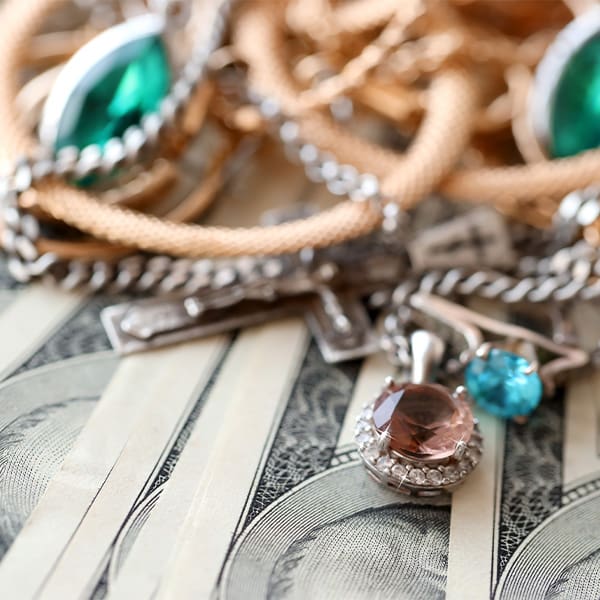
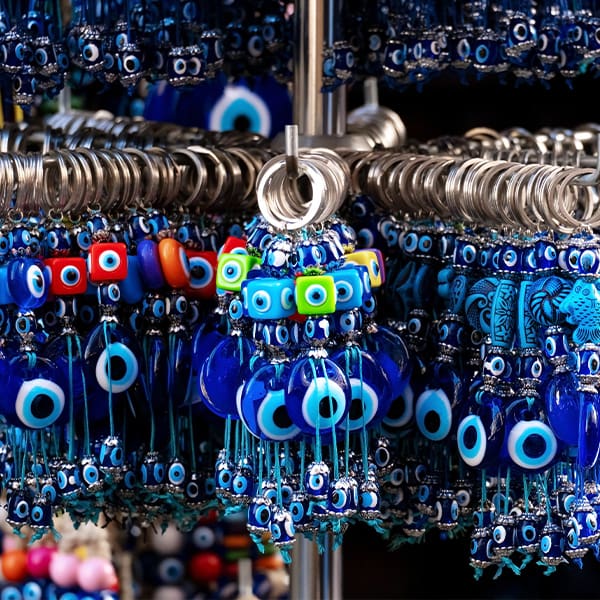
Gender and Jewellery Superstitions
Gender has always had a distinct role in the world of jewellery and superstitions. Men and women are often seen wearing different kinds of pieces for specific purposes. In many cultures, men would wear amulets and talismans to protect them in battle, while women would wear special jewellery to ensure fertility or protect their families. This gender-specific symbolism is not a relic of the past; it still exists, albeit in a modernised form. For instance, many men now wear bracelets or necklaces with materials like tiger’s eye or hematite, believed to imbue them with strength or courage. In contrast, women might favour moonstone or rose quartz, connected with emotional balance and love. The way we adorn ourselves could be as telling as a language, speaking volumes about our hopes, fears, and dreams.
Evolving Beliefs: How Modernity is Changing the Game
The digital age has left its mark on nearly every aspect of our lives, and jewellery superstitions are no exception. The rising popularity of tech-integrated jewellery like smart rings and necklaces has opened a new avenue for embedding belief systems into contemporary designs. With advancing technology, the modern consumer now demands more than just good looks; they want their jewellery to have a practical application as well. The merging of age-old beliefs and cutting-edge technology is akin to planting a century-old seed into the soil of the future, expecting a blend of the ancient and the modern to sprout.
Scientific Scrutiny: Do They Really Work?
Amidst the charm and mystique surrounding jewellery superstitions, there arises a pertinent question: is there any scientific basis for these beliefs? While some would argue that the power of belief itself is a force to reckon with, there has been little scientific evidence to support these claims. However, the placebo effect has been studied, suggesting that if a person genuinely believes in the protective or lucky nature of a piece of jewellery, it could indeed have a psychological impact. The mind, in such instances, becomes both the canvas and the artist, painting its own reality.
Conclusion
Jewellery is not merely a fashion statement or an asset; it is a fascinating convergence of history, culture, gender roles, and even modern technology. These small pieces, whether made of gold, silver, or embedded with precious stones, often hold a universe of beliefs and superstitions that have spanned time and geography. While science may be skeptical about the mystical claims surrounding jewellery, the millions who faithfully wear their amulets, rings, or bracelets would beg to differ. The power of jewellery superstitions is a testament to the enduring human desire to find meaning, protection, and luck in the objects we hold close. And sometimes, believing is seeing.
FAQs
- Do men and women have different jewellery superstitions?
- Yes, cultural norms often dictate gender-specific pieces for different purposes.
- Is there any scientific proof that jewellery can bring good luck?
- There’s limited scientific evidence but the placebo effect can be significant.
- How has modern technology impacted jewellery superstitions?
- Tech-integrated jewellery is blending old beliefs with modern practicality.
- Do famous brands incorporate superstitions in their designs?
- Yes, brands often embed cultural and historical elements in their pieces.
- What is the most common material believed to bring good luck?
- Gold and jade are often associated with good fortune.


